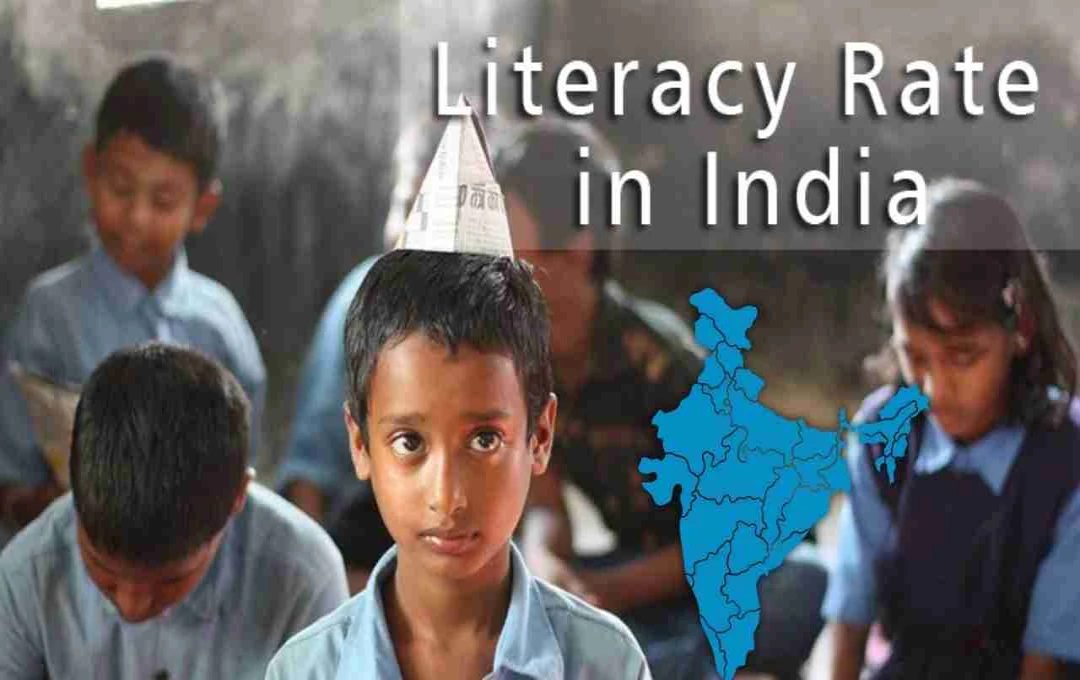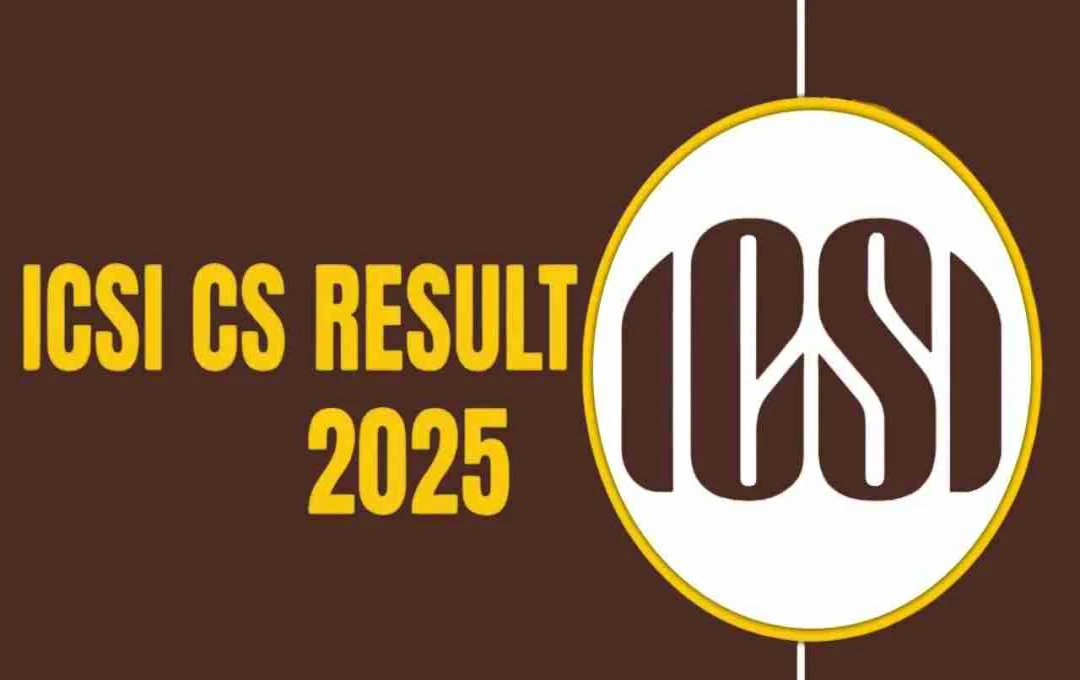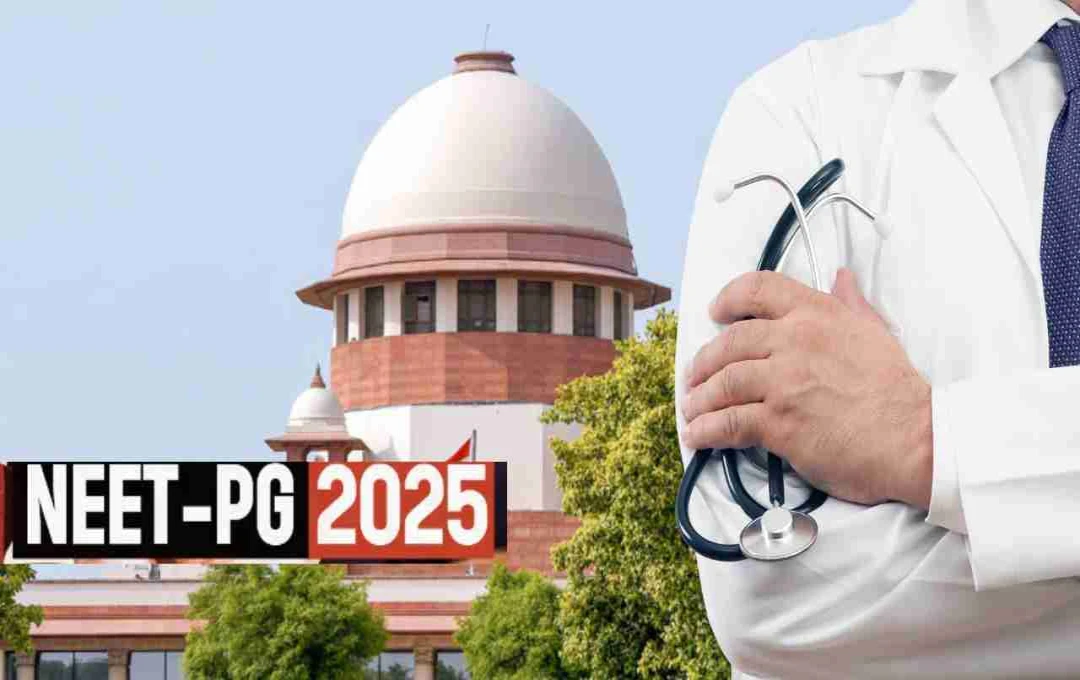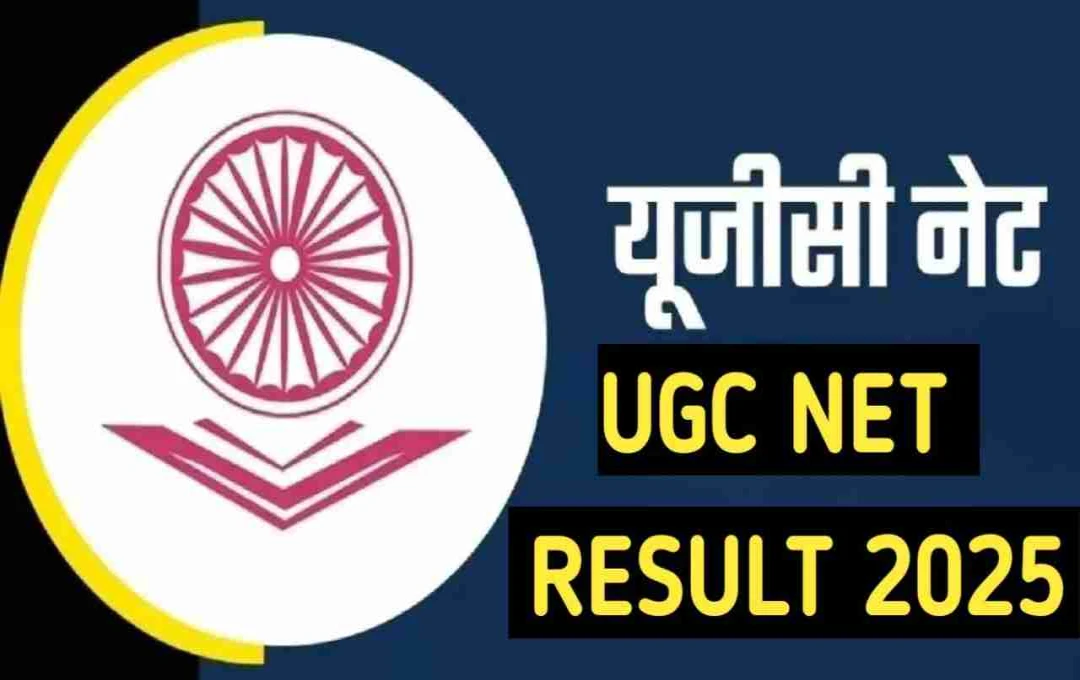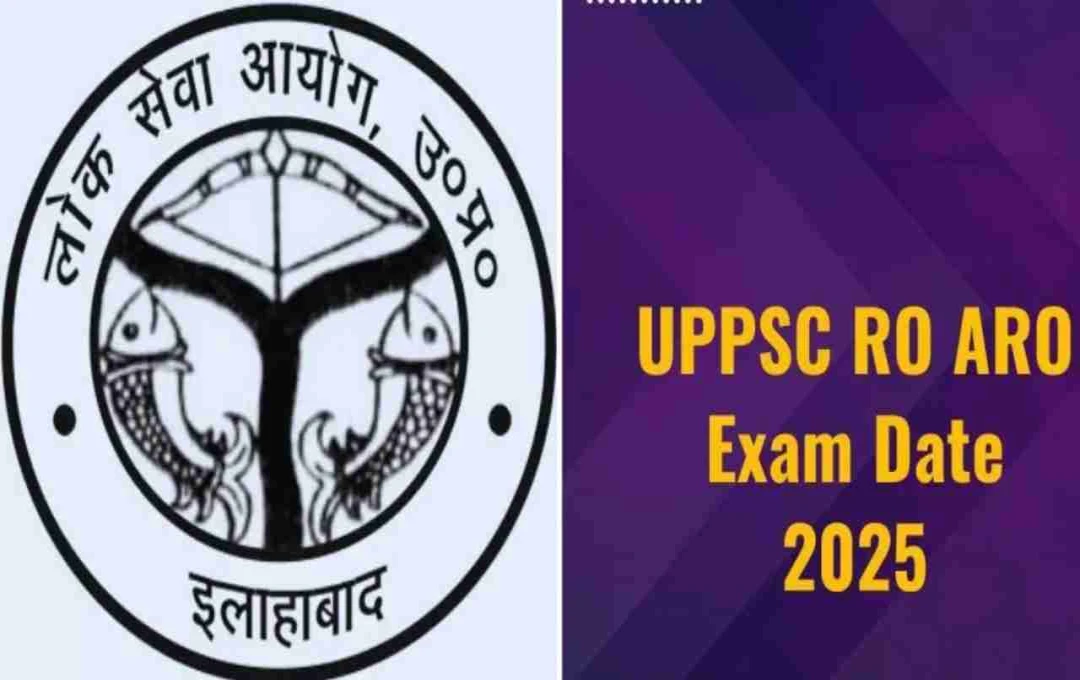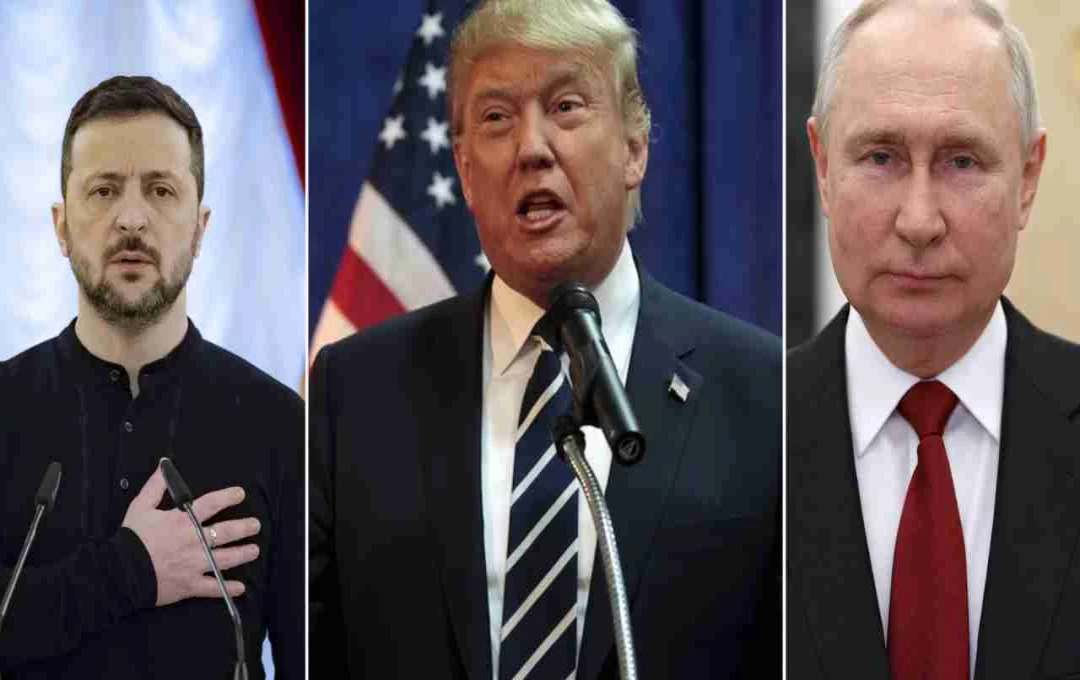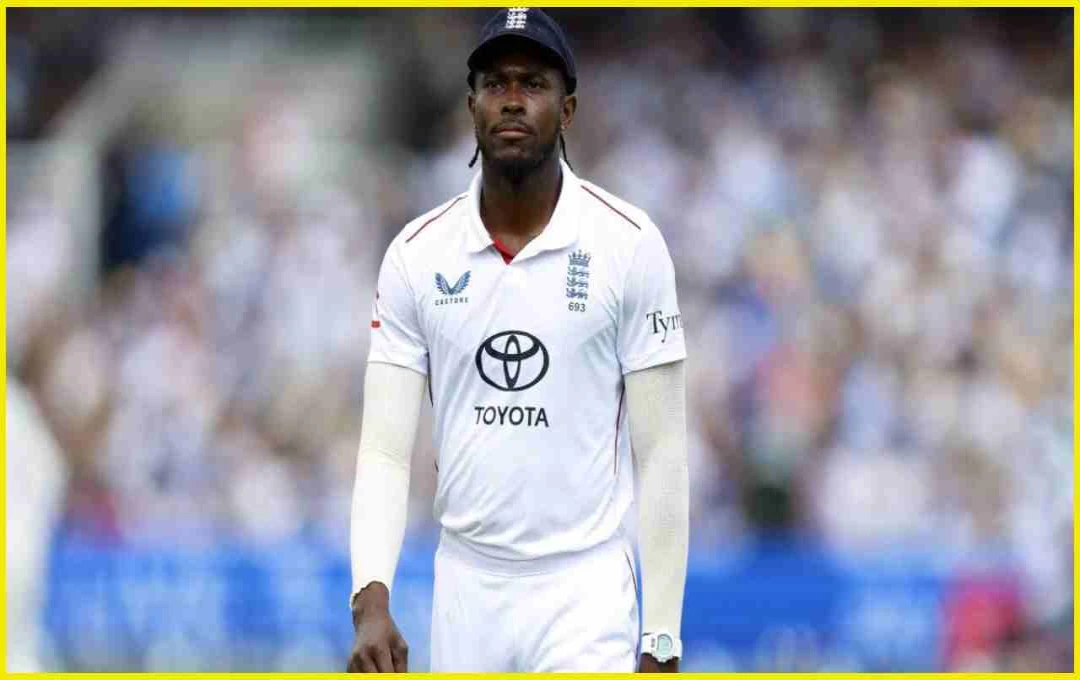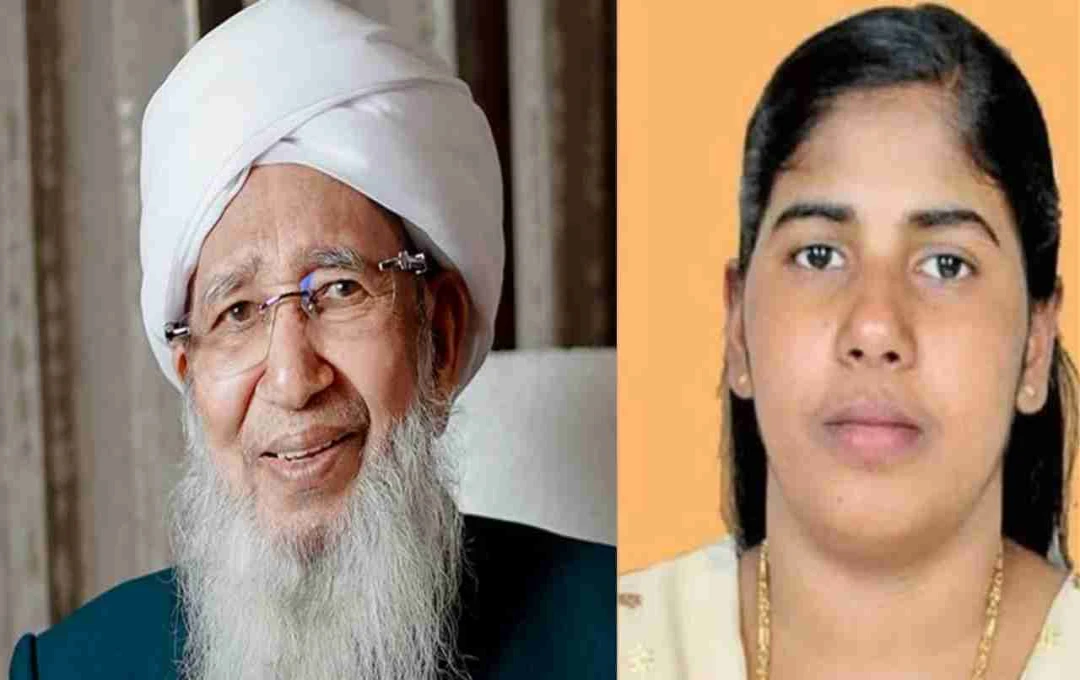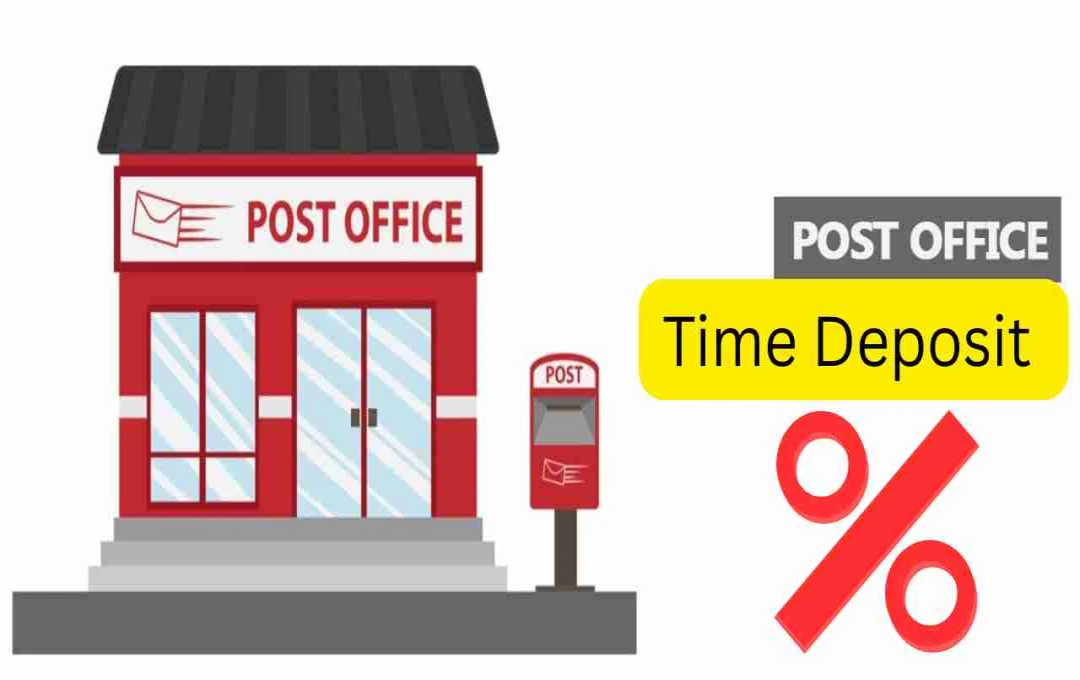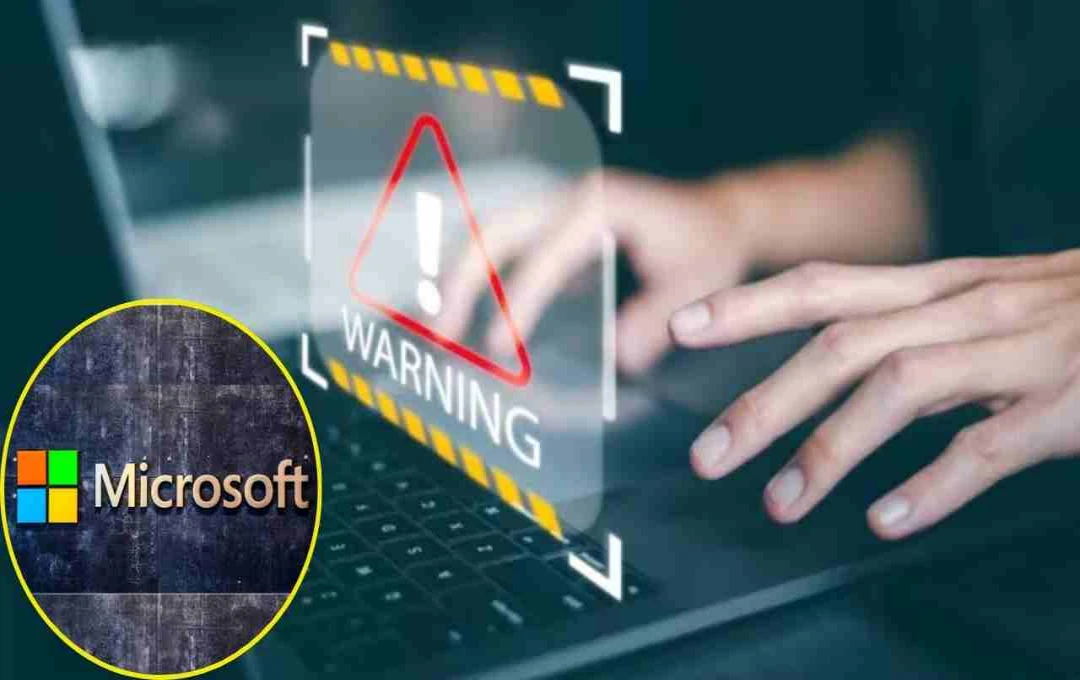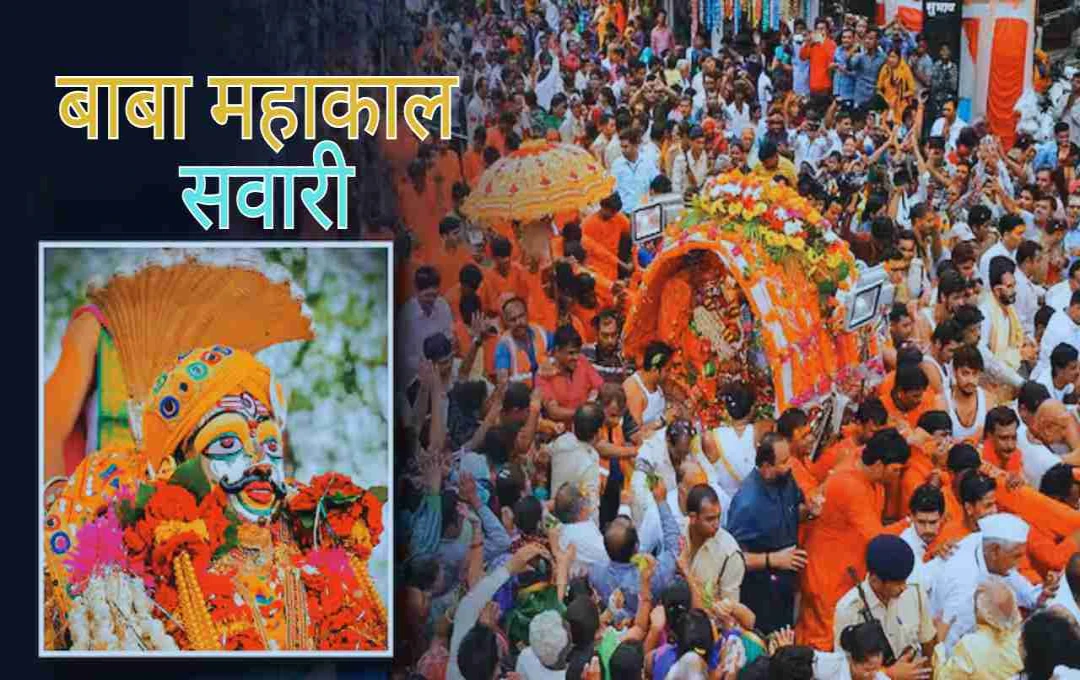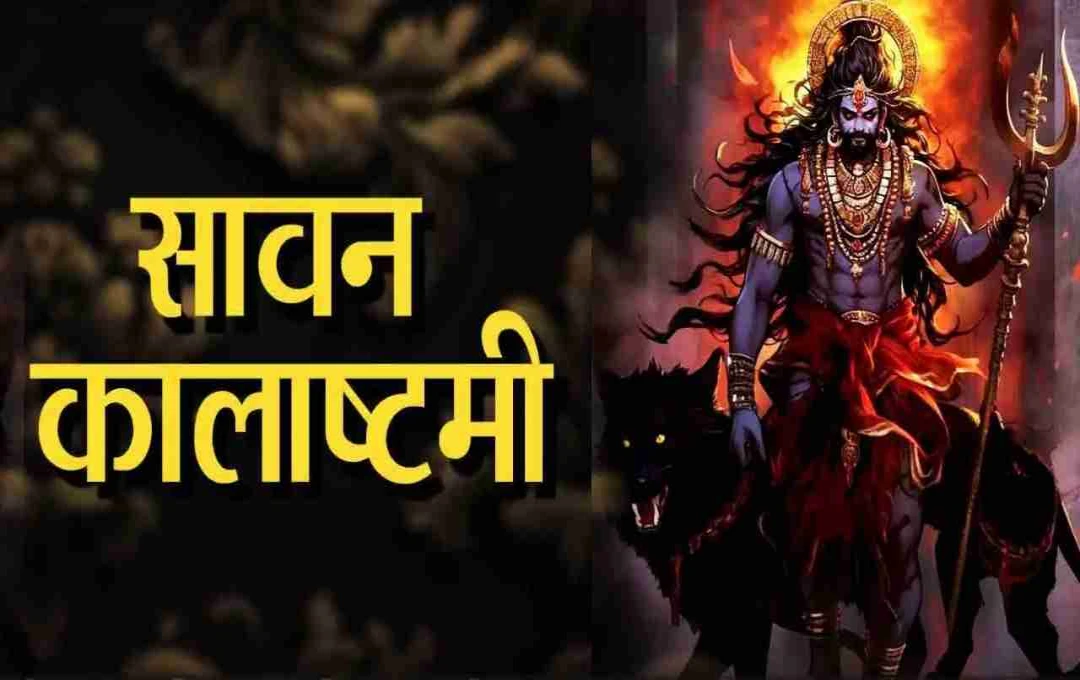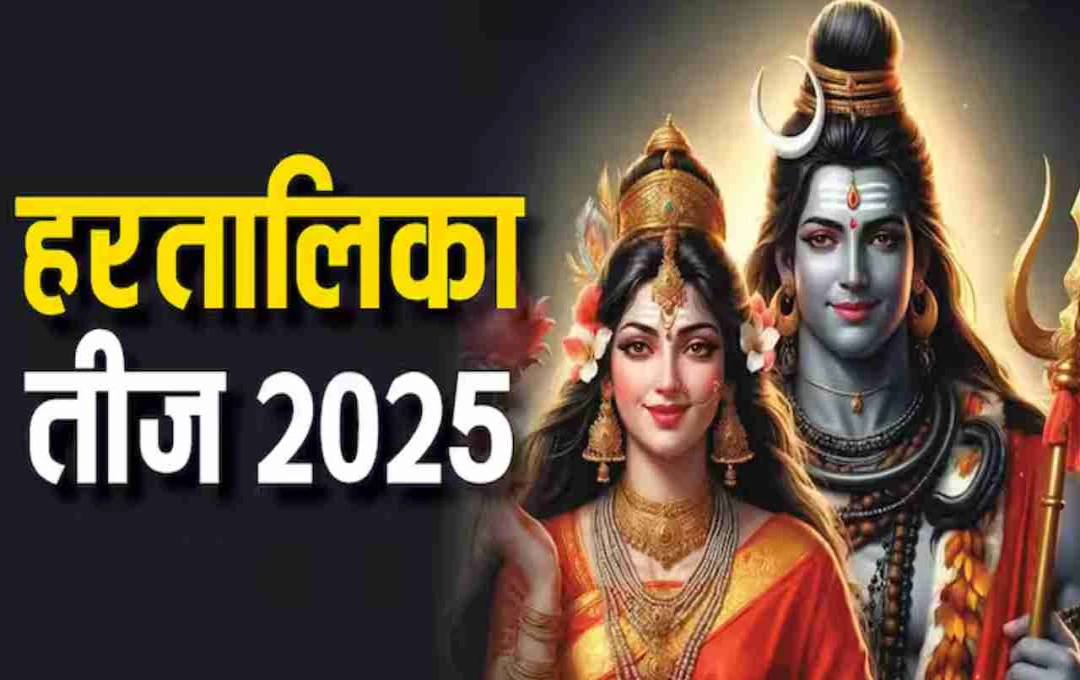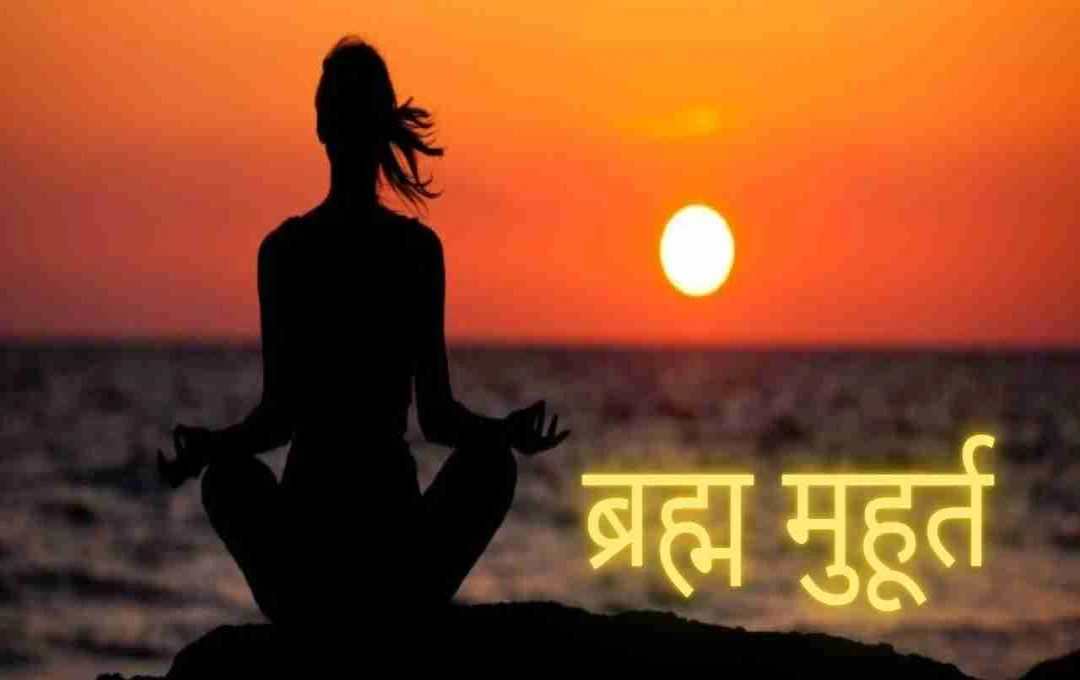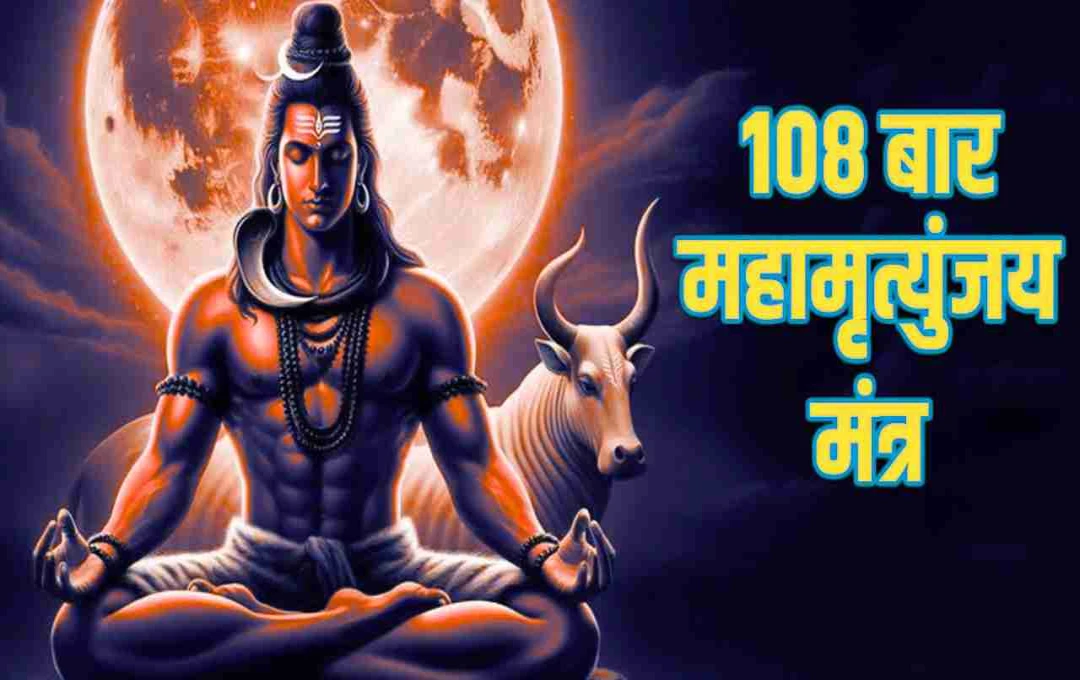Tripura Becomes India's Third Fully Literate State with a Literacy Rate of 95.6%. This achievement follows Goa and Mizoram. Uttar Pradesh, Bihar, and Madhya Pradesh still lag behind in education.
Literacy Rate: Tripura, a small state in Northeast India, has now joined the list of fully literate states in the country. Following Goa and Mizoram, Tripura is the third state to achieve a literacy rate of over 95%, earning the status of full literacy according to the standards of the Government of India. The state's current literacy rate stands at 95.6%. This is not just a statistic but the result of the awareness of the state's citizens, government policy, and collective efforts.
Chief Minister Manik Saha, sharing this achievement, said that his government has given the highest priority to education. He stated that education is the only means that makes a person self-reliant and moves society forward. This is the reason why not only has the number of schools increased in Tripura, but many universities and colleges have also been established in the field of higher education.
How is the status of a fully literate state achieved?
According to the Ministry of Education, Government of India, any state is awarded the status of a fully literate state when its literacy rate is 95% or higher, and all citizens of the state above the age of 18 can read, write, and perform basic mathematics. These standards are determined based on UNESCO's recommendations.
Considering 100% literacy practically difficult, these standards have been made slightly flexible. This change has given more states the opportunity to move forward in the field of education. However, states like Kerala, which have been leaders in education for years, have not yet been considered fully literate because they do not meet certain standards.
How did Tripura achieve this milestone?
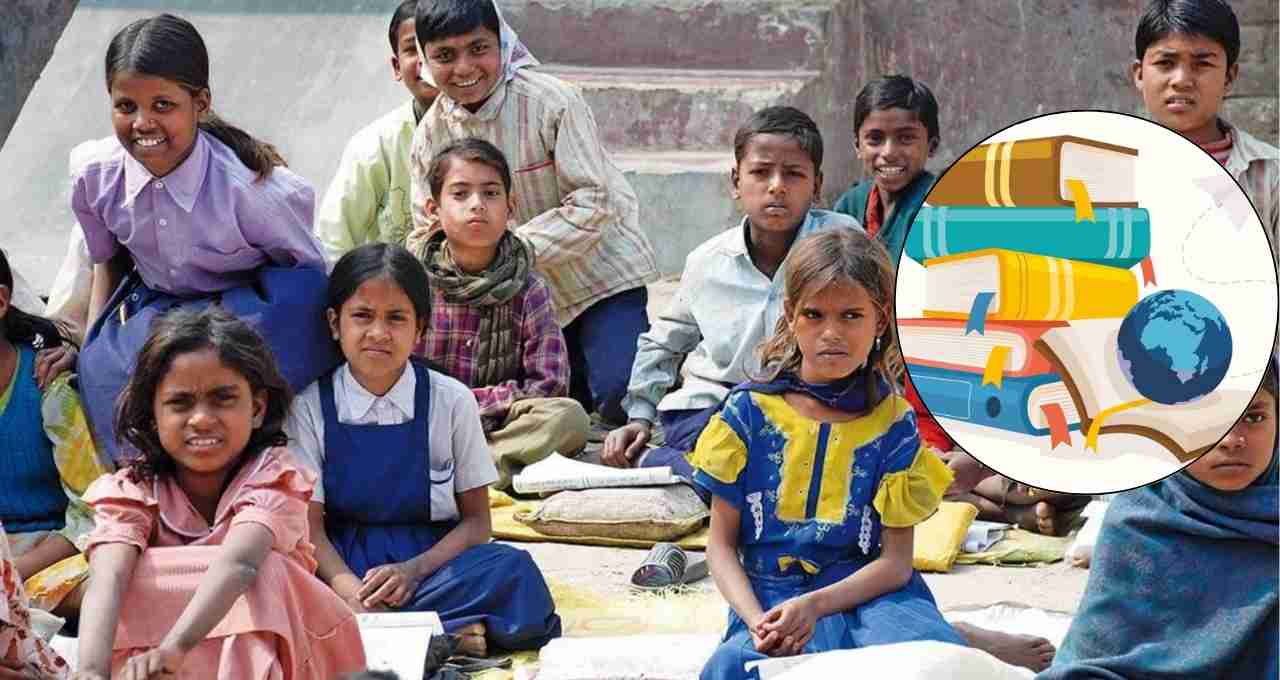
Tripura's success is the result of many years of continuous hard work and planned policies. The state government ensured the reach of education to the village level. Special attention was given to girl child education, adult literacy campaigns, and digital education. Night schools and learning centers were opened in villages so that those who were previously deprived of education could also get a chance to read and write.
In addition, transparency was brought into the recruitment of teachers and regular training was given to teachers. The basic infrastructure in government schools was improved, including toilets, drinking water, libraries, and digital classrooms.
Where do Uttar Pradesh, Bihar, and Madhya Pradesh stand now?
While Tripura's success is inspiring, some of the larger states in the country are still lagging behind on the education front.
Uttar Pradesh: According to the 2011 census, the literacy rate of Uttar Pradesh was 67.68%. This included a male rate of 77.28% and a female rate of 57.18%. According to the latest estimates, this rate has now reached approximately 72.6%. However, in such a large state, this rate is still below the national average. There is a great need for improvement in rural areas and female literacy.
Bihar: Bihar is considered one of the most backward states in the country in terms of literacy rate. According to the 2011 census, the total literacy rate of Bihar was only 61.8%. This rate has remained almost the same in recent figures. The pace of improvement in the field of education in the state is very slow. Improvement in female literacy, girl child education, and the level of primary education is necessary.
Madhya Pradesh: In Madhya Pradesh, the literacy rate was 69.3% in 2011. Male literacy was 78.7% and female literacy was 59.2%. Currently, the literacy rate of the state is approximately 69.32%. Some schemes have been started in recent years, but their impact has not been widely seen.
